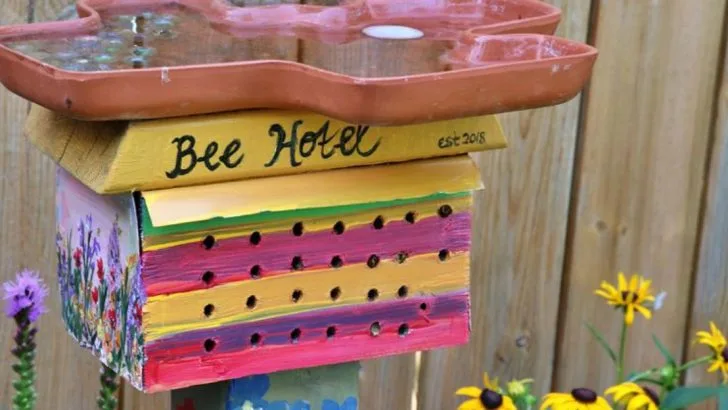Creating a pollinator-friendly garden is not only a way to enhance the beauty of your outdoor space, but it also plays a crucial role in supporting local ecosystems and promoting biodiversity. Pollinators like bees, butterflies, and hummingbirds are essential for the health of plants, helping with the reproduction of flowers and contributing to the growth of many of the foods we eat.
By designing a garden that invites and nourishes these vital creatures, you can contribute to their well-being while also enjoying a vibrant, thriving garden. From planting native flowers to creating shelter and providing water, there are many simple yet effective ways to make your garden a pollinator paradise.
In this article, we’ll explore 15 incredible ways to create a pollinator-friendly garden that will attract, support, and protect these essential insects and birds year-round.
Plant Native Flowers
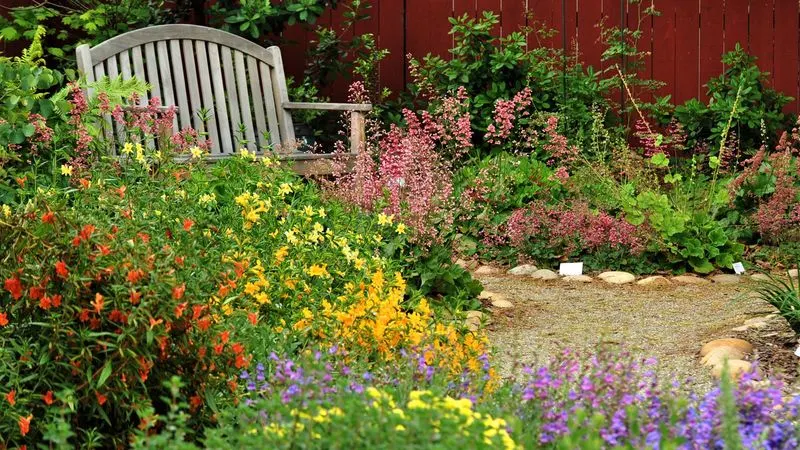
Native flowers are perfectly adapted to your local climate and soil, making them a top choice for attracting pollinators. With their familiarity, these plants require less care and thrive naturally. Consider varieties like coneflowers, milkweed, and bee balm to provide nourishment throughout the growing season. To maximize benefits, plant in clusters to create a vivid splash of color that draws in pollinators from afar. Regularly observe these vibrant blooms to spot the delightful array of visitors they attract. Your native garden will soon become a bustling hub of activity, delighting both pollinators and gardeners alike.
Provide Water Sources
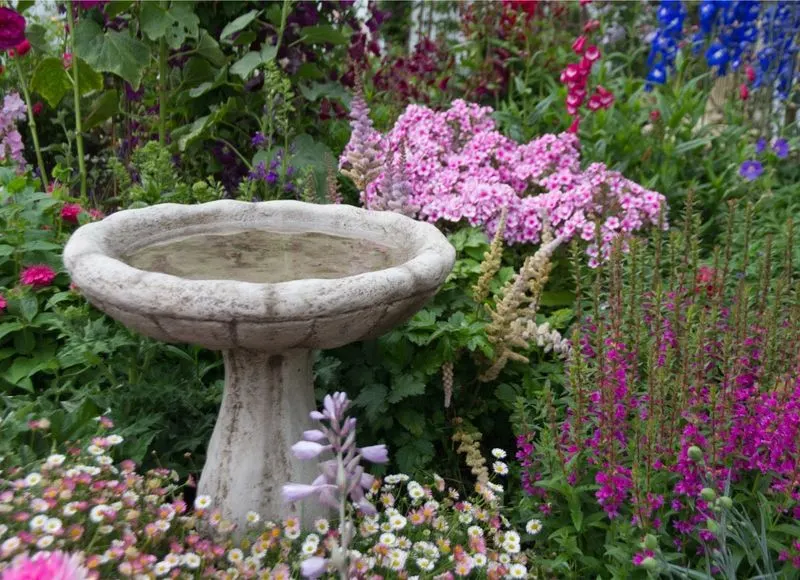
Water might not be the first thing that comes to mind when considering pollinators, but it’s vital. A simple birdbath or a shallow dish filled with water and stones for landing makes an inviting oasis. Ensure it’s placed in a sunny spot, and keep it clean and fresh. Over time, you’ll notice bees perching on stones and butterflies pausing for a sip. This simple addition can make a significant difference in your garden. Not only does it support pollinators, but it also adds a tranquil element to your outdoor space.
Create Bee Hotels

Bee hotels offer a sanctuary for solitary bees, crucial pollinators who don’t live in hives. Craft or purchase a bee hotel with different sizes of holes to accommodate diverse bee species. Position it in a sunny, south-facing location, sheltered from wind and rain. These modest dwellings will soon be buzzing with life. Solitary bees will settle in, helping to pollinate your garden and beyond. Observing these industrious insects can be a fascinating experience. A bee hotel is not only a charming garden feature but also a commitment to supporting pollinator populations.
Grow a Variety of Plants
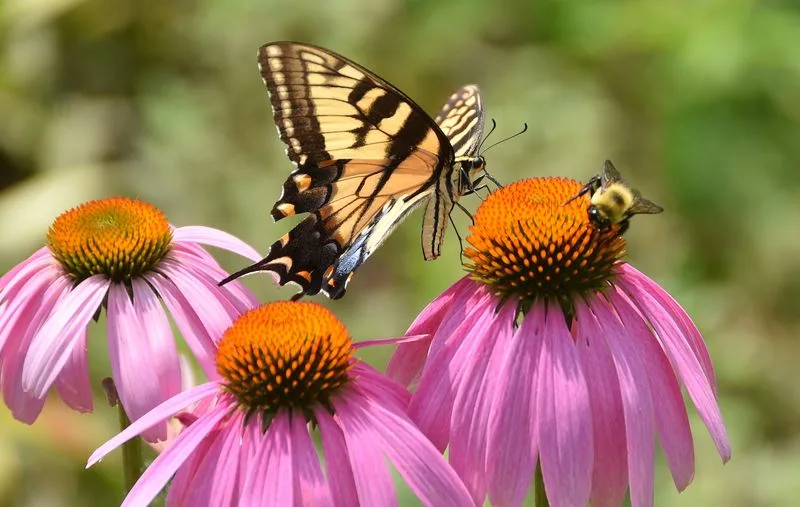
Diversity is the key to a thriving pollinator garden. By planting a variety of species, you provide a buffet of choices for different pollinators. Include plants that flower at various times of the year to ensure a constant food supply. Mixing heights, colors, and textures creates visual interest and supports a healthy ecosystem. This approach not only attracts bees and butterflies but also other beneficial insects. Keep an eye out for how different pollinators interact with the plants. Your garden will become a dynamic and ever-changing landscape.
Avoid Pesticides
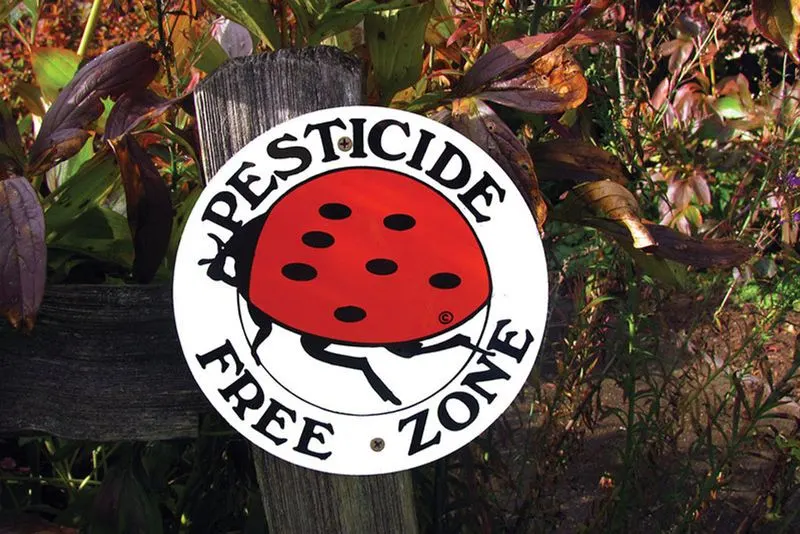
Pesticides can have devastating effects on pollinators, making their avoidance crucial for a friendly garden. Instead, explore natural pest control methods, such as introducing beneficial insects like ladybugs or using companion planting. Maintaining a healthy soil balance and attracting predatory insects can naturally keep pest populations in check. Display a “Pesticide-Free Zone” sign to showcase your commitment to a safe environment. This conscious choice supports not only pollinators but also healthier plant growth. Your garden’s vibrancy will be a testament to this eco-friendly approach.
Plant Milkweed for Monarchs
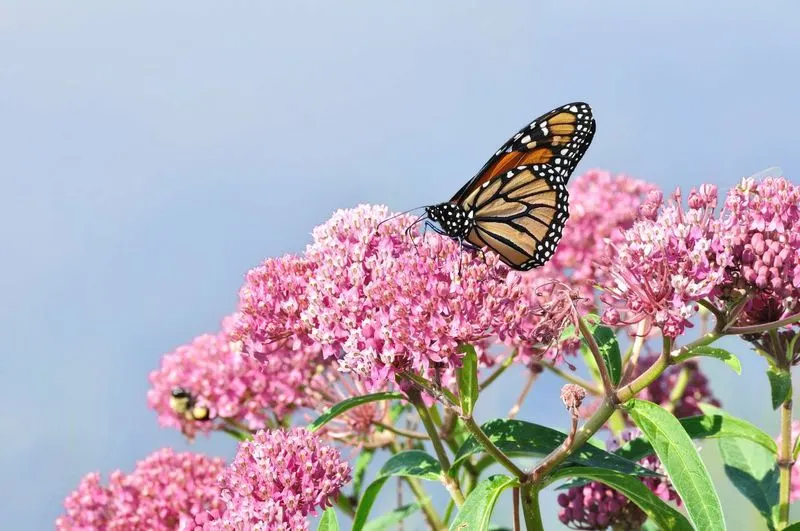
Milkweed is not just a plant; it’s a lifeline for monarch butterflies. This essential host plant supports the entire life cycle of monarchs, from caterpillar to butterfly. Planting milkweed varieties native to your area ensures that these striking butterflies have the resources they need to thrive. Watch as monarchs gracefully float from flower to flower, laying eggs and feeding. Your garden will become part of a larger network of habitats supporting monarch populations. This simple addition can have far-reaching impacts on conservation efforts.
Incorporate Fruit-Bearing Plants
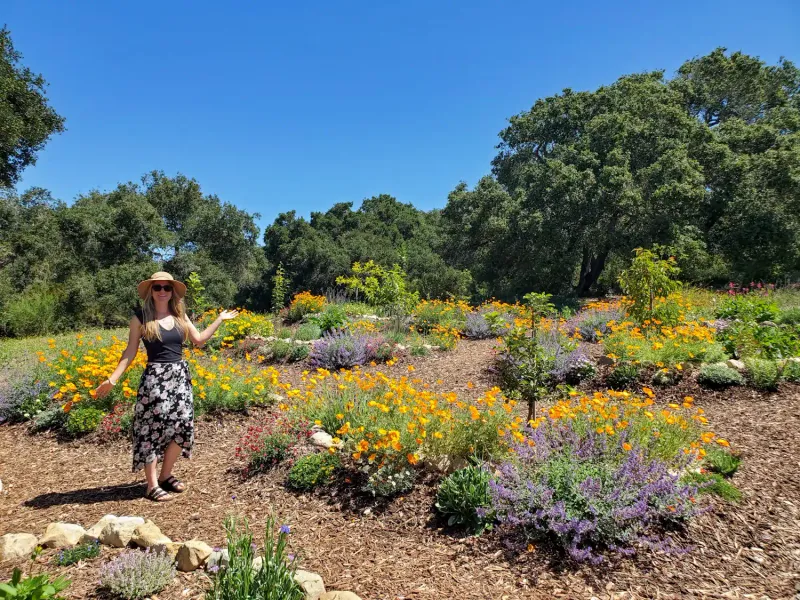
Fruit-bearing plants are not only delicious but also a magnet for pollinators. Incorporate plants like strawberries, raspberries, and blueberries to attract a variety of visitors. As they pollinate the flowers, you’ll enjoy bountiful harvests. These plants also provide shelter and additional food sources for pollinators. The fruits themselves can support local wildlife, creating a self-sustaining ecosystem. Your garden will benefit from the continuous activity and the sweet rewards of nature’s helpers. Growing fruit is a joyful and fruitful way to support pollinators.
Create Blooming Pathways
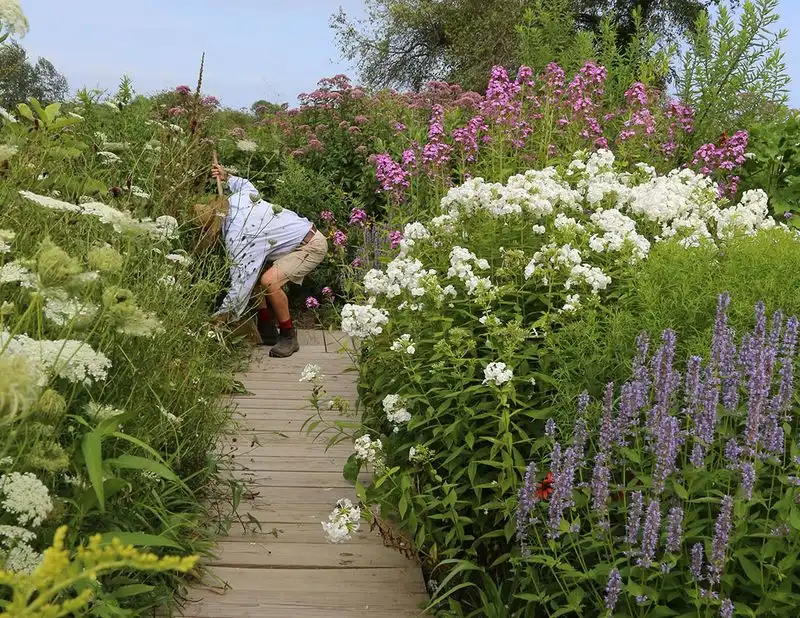
Transform walkways into vibrant corridors for pollinators by lining them with flowering plants. Choose sturdy, low-growing flowers that can handle foot traffic, such as thyme or creeping phlox. These pathways guide pollinators through your garden, ensuring they visit multiple areas. The continuous bloom creates a visual feast that beckons bees and butterflies to explore. As you stroll along these lively paths, you’ll feel connected to the natural world. This approach adds structure and beauty to your garden while supporting crucial pollinator activity.
Add Night-Blooming Flowers

Not all pollinators are active during the day. Night-blooming flowers cater to the nocturnal crowd, including moths and bats. Plant varieties like evening primrose and moonflower to attract these nighttime visitors. Witness the subtle beauty of your garden transformed under the moonlight. The gentle flutter of a moth’s wings can be a delightful sight. By embracing the night shift, you extend your garden’s pollinator appeal. This addition also introduces a new dimension to your gardening experience.
Cultivate Herbs
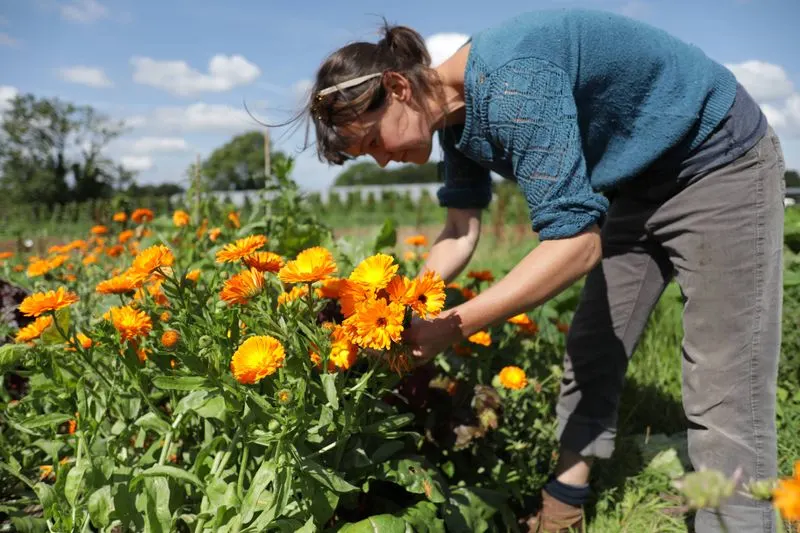
Herbs are a multi-functional addition to any pollinator garden. Beyond their culinary uses, plants like lavender, basil, and mint attract bees, butterflies, and even hummingbirds. These aromatic plants are easy to grow and maintain, making them a favorite among gardeners. Position herbs in sunny spots for best results, and watch pollinators enjoy their fragrant blooms. As you harvest your herbs for cooking, you’ll appreciate the dual-purpose nature of your garden. This is a practical and aromatic way to support pollinators.
Designate Wild Areas
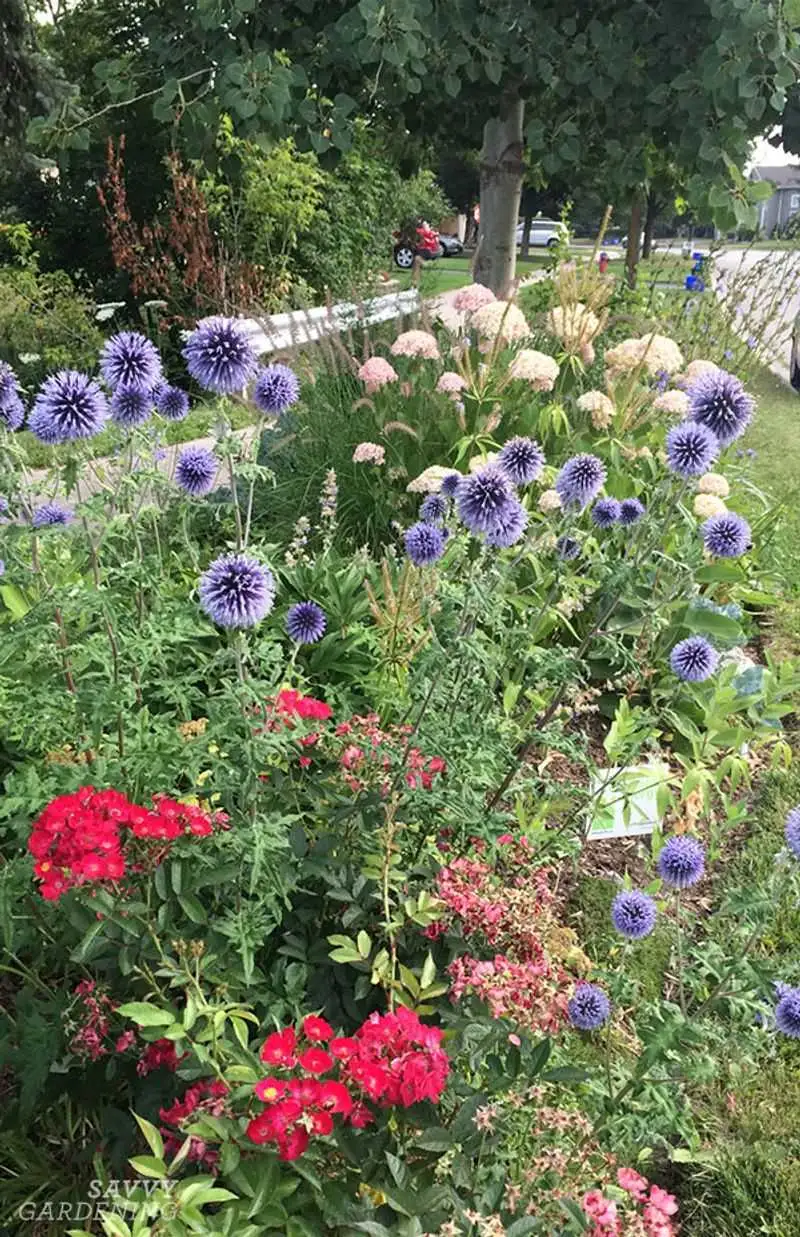
Give part of your garden back to nature by designating wild areas. This hands-off approach allows native grasses and wildflowers to flourish, creating a natural habitat for pollinators. Letting an area go wild reduces maintenance and supports biodiversity. Observe how bees, butterflies, and other creatures find refuge and sustenance in these untamed spaces. This method is both eco-friendly and visually appealing. By embracing a bit of wildness, you contribute to a healthier ecosystem and enjoy the beauty of nature’s design.
Use Companion Planting

Companion planting is a strategic way to boost pollinator activity and garden health. Pair plants that benefit each other, such as marigolds with tomatoes, to attract pollinators and deter pests. This technique enhances plant growth and resilience, creating a more robust garden. Additionally, it offers diverse flora for pollinators to feast on, ensuring they visit regularly. With companion planting, you’re fostering a community of plants that work in harmony. It’s a clever and efficient way to maintain a thriving environment.
Install Hummingbird Feeders
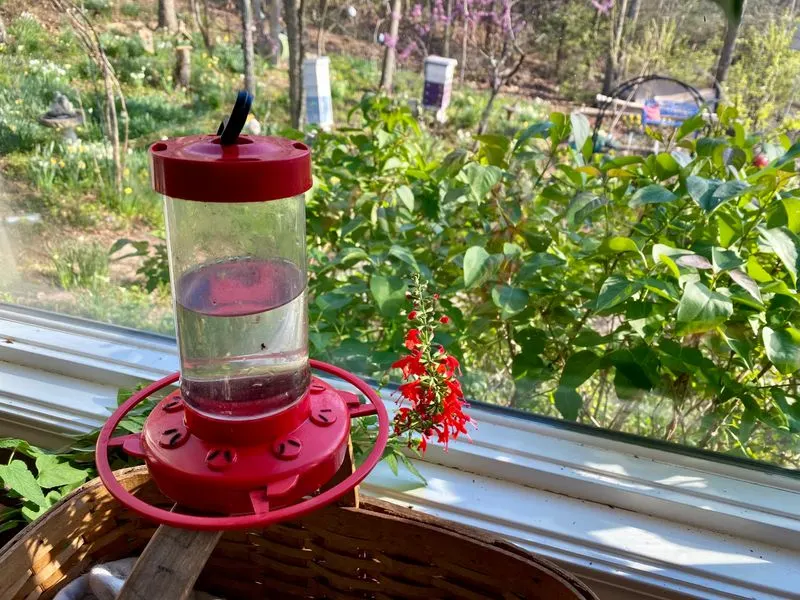
Hummingbirds add a magical touch to any garden, and feeders are a guaranteed way to invite them in. Fill feeders with a simple sugar-water solution and hang them in areas where hummingbirds are likely to explore. The bright colors of the feeders catch their attention, while the sweet nectar keeps them returning. Monitor the feeders to ensure they stay clean and filled. Over time, you’ll enjoy the mesmerizing sight of hummingbirds darting through your garden. This is a delightful addition that complements natural food sources.
Establish a Seasonal Planting Schedule
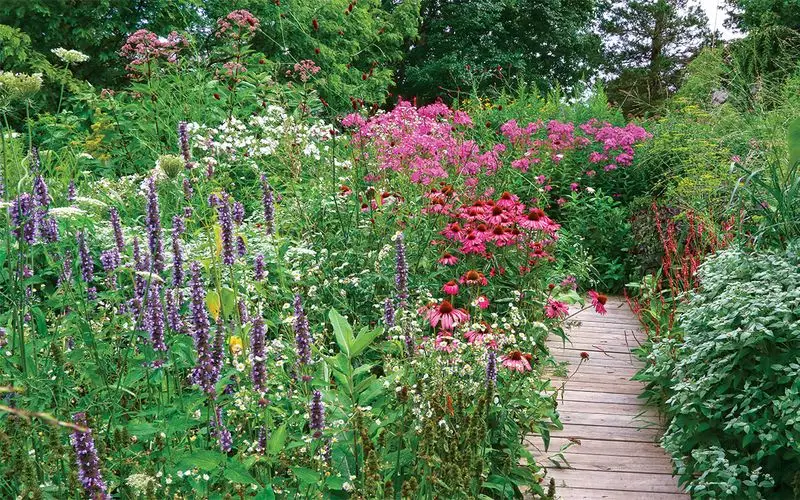
Planning a seasonal planting schedule ensures continuous blooms for pollinators throughout the year. Choose plants that flower in succession, providing a reliable food source. This strategy supports a diverse range of pollinators, offering them sustenance as they migrate or emerge from hibernation. By aligning your planting with seasonal changes, you create a dynamic garden that evolves over time. This thoughtful planning is rewarding and beneficial for both gardeners and pollinators. Keep track of plant varieties and bloom times to maximize impact.
Educate and Involve Community

Engaging your community in pollinator-friendly practices amplifies the impact of your efforts. Host workshops or create informational signage to share knowledge and inspire others. Community involvement fosters a network of pollinator habitats, enhancing local biodiversity. Collaborating with neighbors can lead to more extensive garden projects and shared resources. By educating and involving others, you contribute to a broader environmental movement. This collective approach not only amplifies individual efforts but also builds a sense of community and purpose.

